Just 39% of Arizona’s third graders are reading at grade level, but a new statewide initiative aims to nearly double that number to 72% within the next five years.
The Arizona Literacy Plan 2030 was developed over 18 months by education leaders and stakeholders, using evidence-based strategies already proving successful in some Arizona schools. The goal, according to Terri Clark, literacy director for Read On Arizona, is to bring those tools and techniques to more classrooms across the state.
Key elements of the plan include training teachers in the science of reading, increasing family engagement so parents stay informed about their children’s progress, and expanding access to quality early childhood education—something about 25% of Arizona schools still lack.
“Since the pandemic, the needs and gaps have widened so much,” said Clark. “We want to be laser-focused on these strong implementation strategies—not to add more burden, but because we know they work, and ultimately relieve the burden.”
One standout example is O.C. Johnson Elementary in Yuma, where third-grade English Language Arts proficiency jumped from 16% in 2021 to 72% in 2024 after implementing these strategies.
“There’s no one magic solution,” Clark said. “It’s a combination of approaches that need to reach more students, educators, and families.”
Expanding Literacy Coaches to Struggling Schools
The Arizona Literacy Plan 2030 is backed by a coalition of partners including the Arizona Department of Education, the Governor’s Office, and the State Board of Education.
“Arizona Literacy Plan 2030 is a rallying cry for committing to what works,” said Sean Ross, executive director of the Arizona State Board of Education. “Evidence-based reading instruction and interventions work for all students, including English learners and students with dyslexia.”
One of the plan’s priorities is deploying more literacy coaches—especially in schools with the lowest test scores and highest numbers of struggling readers. These coaches, funded through the state’s Foundational Literacy Coaching Grant, help teachers target instruction based on student needs. Clark emphasized that amid teacher shortages and burnout, the goal is to work smarter, not harder.
This coaching model draws inspiration from Mississippi’s statewide literacy push, which helped raise its national ranking in reading proficiency from 49th to 21st.
Online Access and a Focus on Absenteeism
To help educators implement the plan, the full Arizona Literacy Plan 2030 is available online at LitHubAZ.org. The site also includes resources like the Arizona Chronic Absence Resource Guide, which walks schools through identifying and addressing factors keeping students out of class.
As part of the effort, Read On Arizona will work to reduce chronic absenteeism, support students just below proficiency, and ensure teachers receive the K–5 Literacy Endorsement now required by the state.
“The science actually says that 95% or more of students can learn to read if given the right support,” said Clark. “So, reaching 72% is doable—if we do these things at scale.”
This article has been carefully fact-checked by our editorial team to ensure accuracy and eliminate any misleading information. We are committed to maintaining the highest standards of integrity in our content.
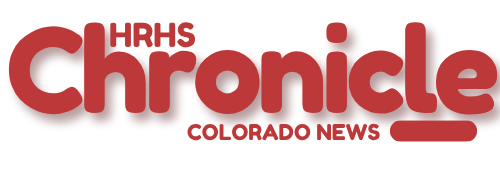
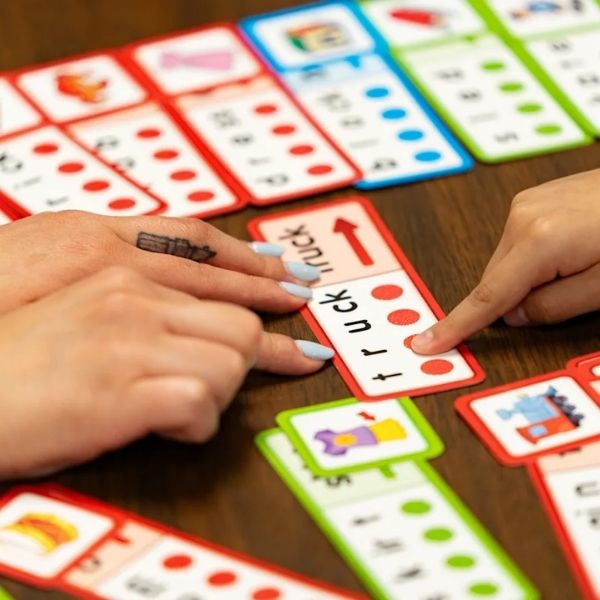


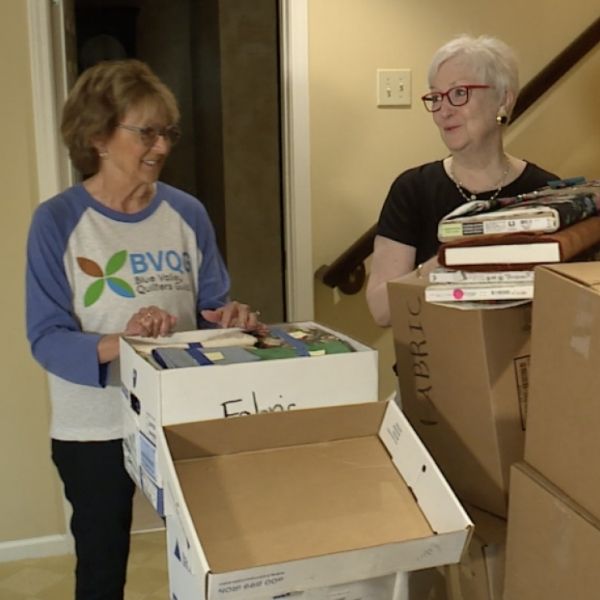
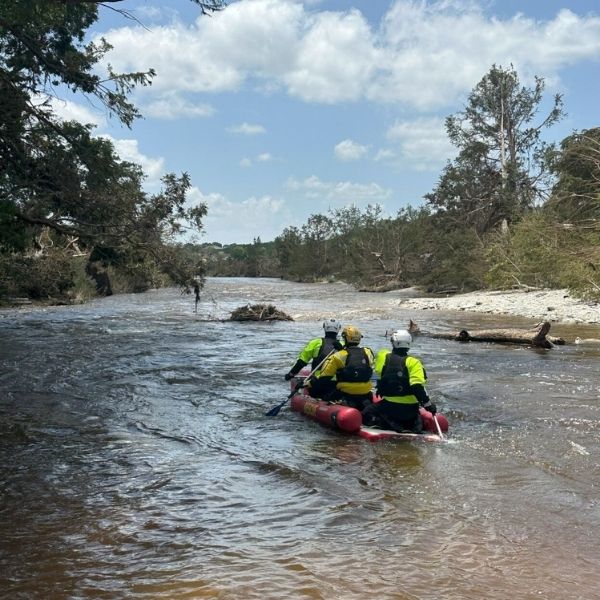
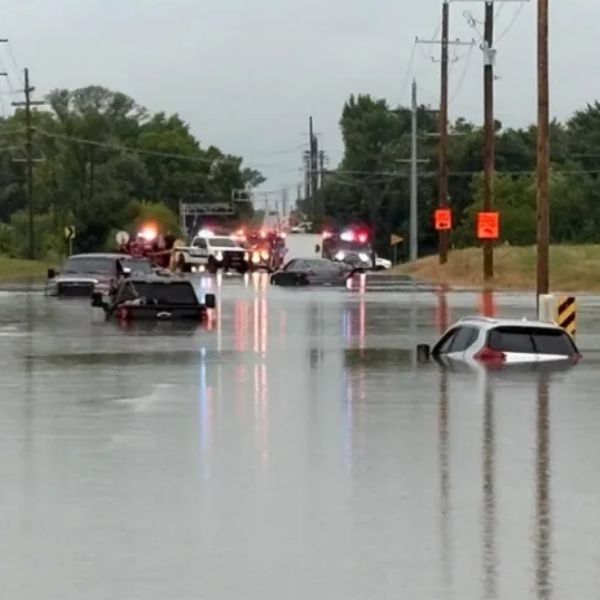



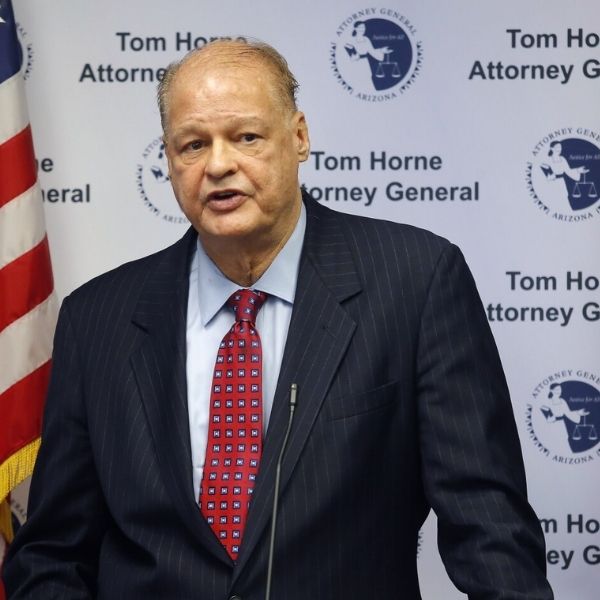


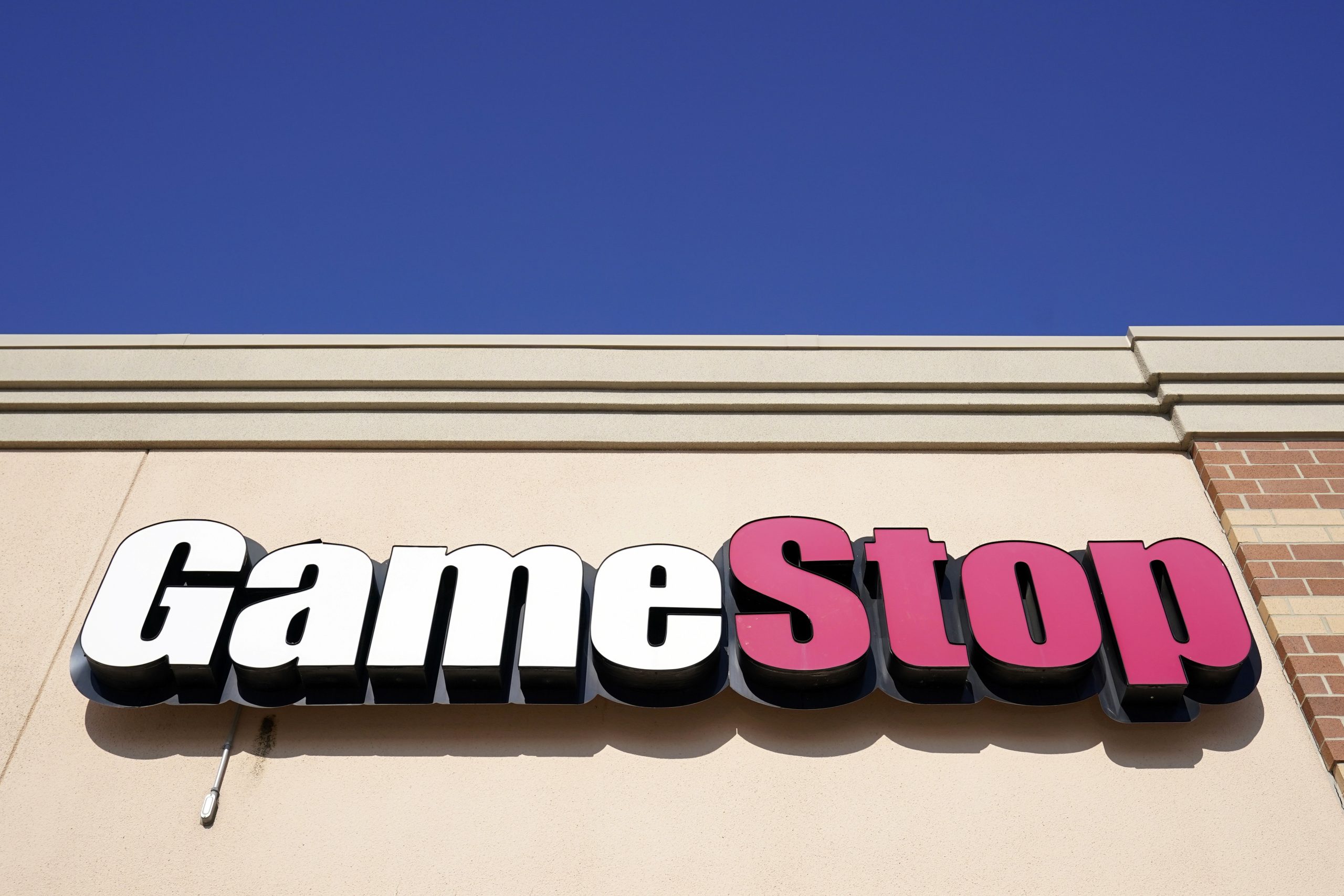


Leave a Reply